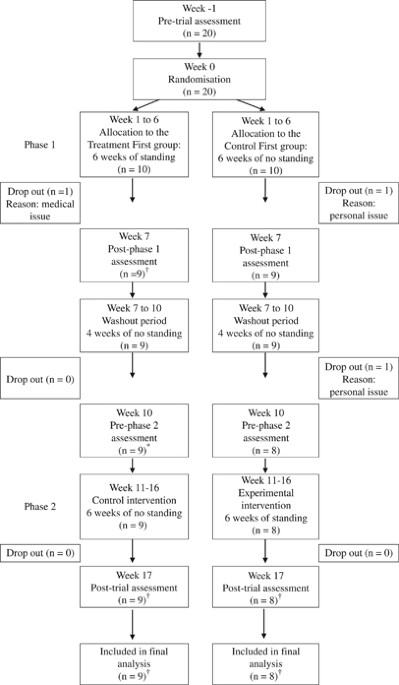

All accounts having an ending balance are listed in the trial balance usually, the accounting software automatically blocks all accounts having a zero balance from appearing in the report. The initial trial balance report contains the following columns:Įach line item only contains the ending balance in an account. This additional level of detail reveals the activity in an account during an accounting period, which makes it easier to conduct research and spot possible errors. The Difference Between a Trial Balance and a General LedgerĪ trial balance only shows the ending balance in each account, while a general ledger also shows the detailed transactions that comprise the ending balance, or at least points toward the relevant subledger that contains this information. Alternatively, the parent company may require all of its subsidiaries to use the same accounting system, so that all subsidiary results can be automatically rolled up into consolidated financial statements. If there are subsidiaries in an organization that report their results to a parent company, the parent may request an ending trial balance from each subsidiary, which it uses to prepare consolidated results for the entire company. How the Trial Balance is Used in a Consolidation This post-closing trial balance contains the beginning balances for the next year’s accounting activities. Finally, after the period has been closed, the report is called the post-closing trial balance. The adjusted trial balance is typically printed and stored in the year-end book, which is then archived. Then, when the accounting team corrects any errors found and makes adjustments to bring the financial statements into compliance with an accounting framework (such as GAAP or IFRS), the report is called the adjusted trial balance. When the trial balance is first printed, it is called the unadjusted trial balance. However, since adjusting entries may be made as a result of reviewing the report, it could be said that trial balance accounting encompasses the adjustment process that converts an unadjusted trial balance into an adjusted trial balance. The trial balance is strictly a report that is compiled from the accounting records. In effect, there is no longer a need to use the trial balance report in accounting operations. The trial balance can also be used to manually compile financial statements, though with the predominant use of computerized accounting systems that create the statements automatically, the report is rarely used for this purpose. The debit should have been to the utilities expense account, but the trial balance will still show that the total amount of debits equals the total number of credits. For example, an accounts payable clerk records a $100 supplier invoice with a debit to supplies expense and a $100 credit to the accounts payable liability account. For example, a debit could have been entered in the wrong account, which means that the debit total is correct, though one underlying account balance is too low and another balance is too high.

The year-end trial balance is typically asked for by auditors when they begin an audit, so that they can transfer the account balances on the report into their auditing software they may ask for an electronic version, which they can more easily copy into their software.Įven when the debit and credit totals stated on the trial balance equal each other, it does not mean that there are no errors in the accounts listed in the trial balance. The report is primarily used to ensure that the total of all debits equals the total of all credits, which means that there are no unbalanced journal entries in the accounting system that would make it impossible to generate accurate financial statements. The trial balance is a report run at the end of an accounting period, listing the ending balance in each general ledger account.


 0 kommentar(er)
0 kommentar(er)
